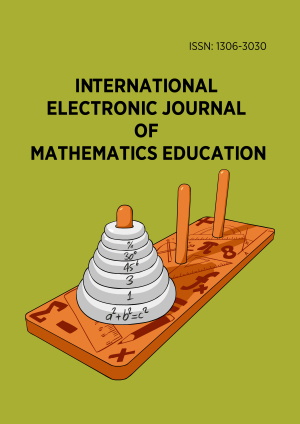Abstract
We discuss and examine a numerical indicator—the individual gain—of students’ engagement and mathematical growth in relation to an instructor’s course aims and goals. The individual gain statistic assesses the fractional amount an individual student improves initial-test to final-test. We argue that an initial-test score and a final-test score, if the two tests are related to each other and to a course focus, can provide a numerical indication of a student’s engagement with the goals and aims of the course and the extent to which a student was prepared to work toward those goals. Results on the distribution of individual gain for students in two-year college developmental mathematics courses and in sections of a course for pre-service elementary teachers are discussed. We detail and discuss advantages of the full distribution of individual gain, particularly for allowing statistical inference for differences, compared with Richard Hake’s use of mean gain of reform classes in undergraduate physics. Other instructional benefits of using the gain statistic to examine distribution of individual student gains include: a pre-test formative assessment at beginning of instruction, providing an instructor with data for specific, targeted remediation; and planning information that informs an instructor for the effectiveness of instruction for students in that cohort.
Keywords
License
This is an open access article distributed under the Creative Commons Attribution License which permits unrestricted use, distribution, and reproduction in any medium, provided the original work is properly cited.
Article Type: Research Article
INT ELECT J MATH ED, Volume 17, Issue 1, February 2022, Article No: em0669
https://doi.org/10.29333/iejme/11473
Publication date: 03 Jan 2022
Article Views: 3357
Article Downloads: 1418
Open Access Disclosures References How to cite this article
 Full Text (PDF)
Full Text (PDF)